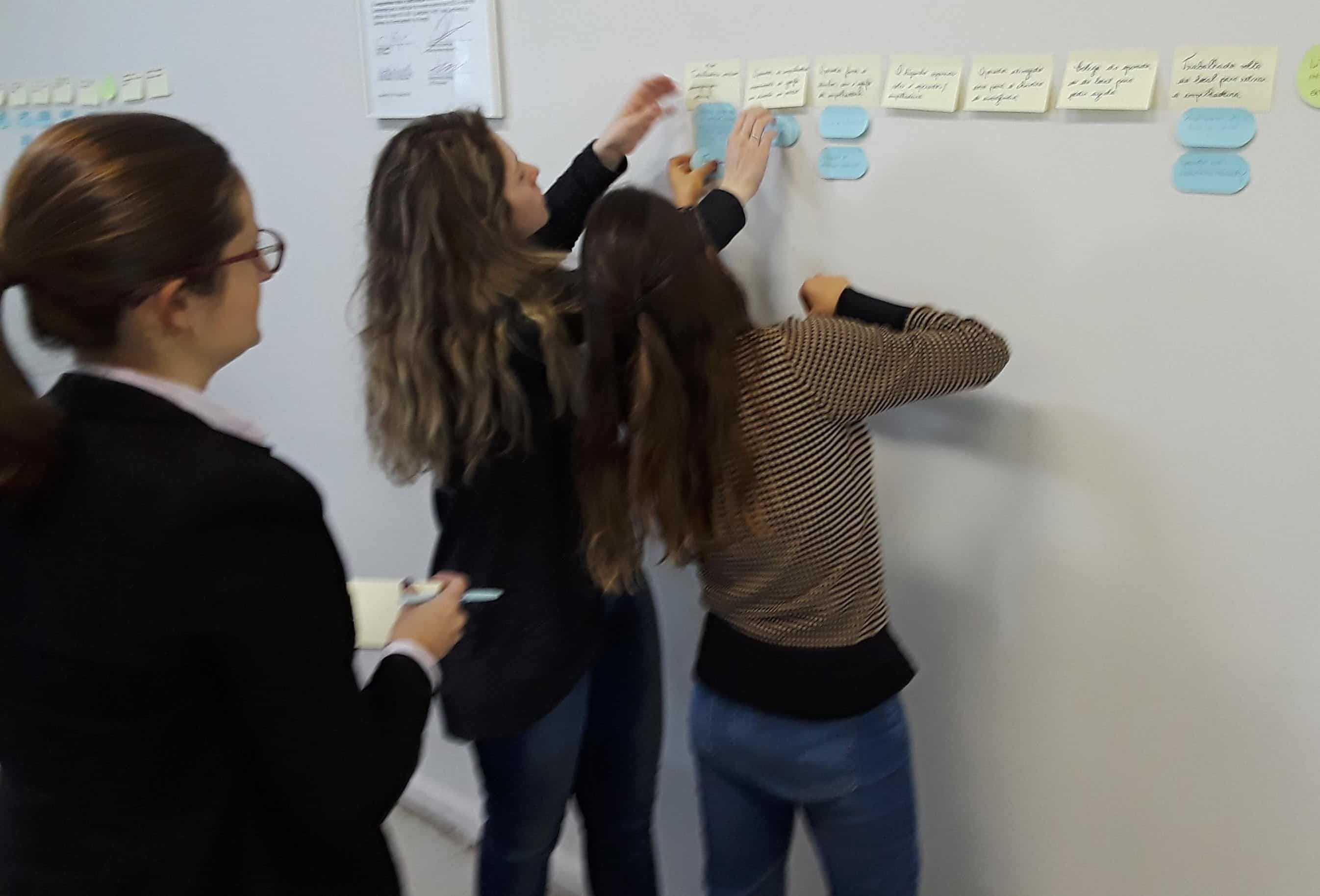An Orange Isn’t a Deficient Apple: Shifting the Narrative about Neurodiversity

There’s a metaphor about autism often used in talks about neurodiversity:
“Imagine a bunch of apples met an orange, but instead of saying it’s an orange, they called it ‘Apple Deficiency Syndrome Fruit.’ That’s kind of what it feels like being autistic.”
I call this type of thinking “apple deficiency” mindset. It’s the belief that being different is the same as being broken. But I’m not sure where it originated, and I think it’s a good metaphor. However, I want to tweak it a bit and include all neurodivergent brains,
“Imagine a bunch of apples met an orange, but instead of recognizing the value of the orange, they labeled it ‘Apple Deficiency Syndrome Fruit.’ That’s kind of what it feels like being a human with a neurodivergent brain.”
Not being recognized and labeling (stereotyping) are worth highlighting. Here’s the thing: oranges aren’t broken apples—they’re entirely different, and that difference highlights the beauty of neurodiversity, apples and oranges together, each uniquely valuable.
Recognizing the Value of a Neurodiverse Workforce
Sometimes workplaces don’t recognize the value neurodivergent employees bring due to biases, misunderstandings, and outdated workplace systems. Neurodivergent individuals—those with autism, ADHD, dyslexia, and other neurological differences—often excel in areas like creativity, attention to detail, and innovative problem-solving. Rigid expectations for how employees should think and work, along with stereotypes and a lack of awareness, lead to their talents being overlooked.
Here are some examples:
- A neurodiverse employee who has ADHD could be the one inventing new solutions to problems at high-speed brainstorming sessions, where his ability to think from a different, unique perspective is of utmost value.
- An autistic worker in a software engineering role might catch intricate bugs in code or notice patterns others miss, contributing to higher-quality outputs and improved systems.
- An exceptional visual-spatial thinker with dyslexia may find it more difficult to do a task that requires reading a lot of material while being trained heavily on it; the issue can be resolved by using text-to-speech software or by doing the design or project management.
The way to turn a dull, upside-down workspace into a vibrant, safe, and healthy one is by ideating and implementing employee-centric policies. Gradually you will realize the growth of earnings, a happy workforce, and a global reputation. By shifting the focus from challenges to strengths and creating environments that celebrate neurodiversity, companies can tap into the unique talents of neurodivergent employees. Forward-thinking organizations like Microsoft and SAP have already seen success with neurodiverse hiring initiatives, proving that inclusion is not just ethical—it’s also a smart business strategy.

Labels are Tools, Not Definitions
It is crucial to make this observation. In behavioral science, terms such as “autism”, “ADHD”, and “dyslexia” are used as tools to facilitate groupings of behaviors and traits in order to help people understand and support those affected better. These terms were never to be used as definitions of individuals or fences around their potential. In view of this, the process follows that the labels indicate a starting point to find out the resources, accommodations, and strategies that will give neurodivergent individuals the possibility to thrive.
For instance, the fact of being sensory-seeking is one trait of many neurodivergent individuals, which translates to sensory-friendly accommodations. When people take the labels too literally or use them for reasons to stereotype, stigmatize, or restrict, issues arise. A label does not depict the whole picture of a being; rather it leads us, so no label should determine anyone’s identity or future. In order to use them successfully, we need to think of labels as tools for understanding, whether they are for expressing unique strength, or identifying needs. The terms need a paradigm shift, we can manifest inclusiveness, and in this way help individuals with neurodivergence to live their lives the way they want to.
How We Can Do Better to Support Neurodiversity
If we want to truly value neurodivergent people, we need to change how we think about differences. Instead of trying to make neurodivergent people fit into a “normal” box, we can think about creating spaces where everyone can be successful.
Here are four ways we can do that:
- Learn about neurodiversity. Take the time to understand different types of brains and how they work.
- Make accommodations. Just a few simple adjustments, such as changing the way you communicate to be more explicit or providing quiet spaces for work, will make a huge difference.
- Celebrate differences. Instead of concentrating on people’s limitations, focus on the things they can do and their contributions and uniqueness.
- Change how we talk! Words matter. Instead of labeling them as “disorders” or “deficiencies,” we should start expressing our respect and understanding them by using words that are more kind and less negative.
A Workplace That Values Neurodiversity
Imagine if, instead of calling the orange “deficient,” the apples celebrated everything that made it special—its bright color, its unique taste, and all the things it can do that apples can’t. And in turn, the orange celebrated the apple for its strengths and contributions.
The world is better when we include all kinds of minds—neurodivergent and neurotypical. Together, they make the workplace more innovative, productive, and resilient. That is what neurodiversity is all about – not one or the other, but all.
I’m excited to be talking more about neurodiversity at the American Society of Safety Professionals, Central Pennsylvania Chapter’s February Chapter Meeting, and the 2025 Global TapRooT® Summit. If topics like this interest you, I invite you to register for The Psychology of Improvement Best Practices Track.
What do you think? How can we do a better job of celebrating neurodiversity in the workplace? Share your thoughts—I’d love to hear them!



